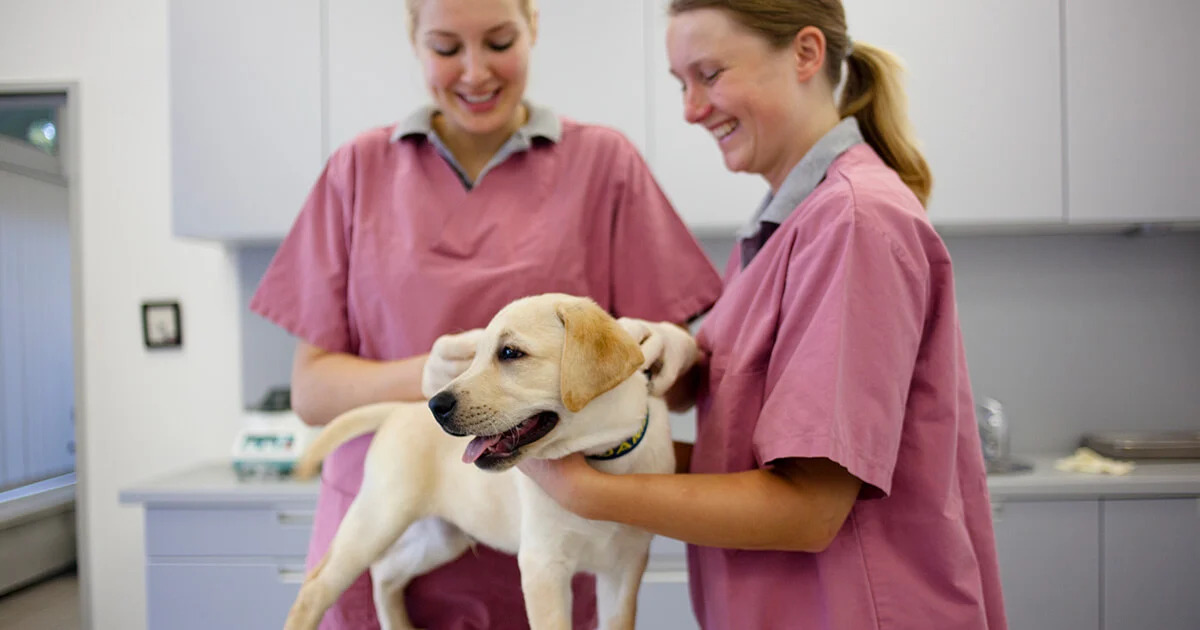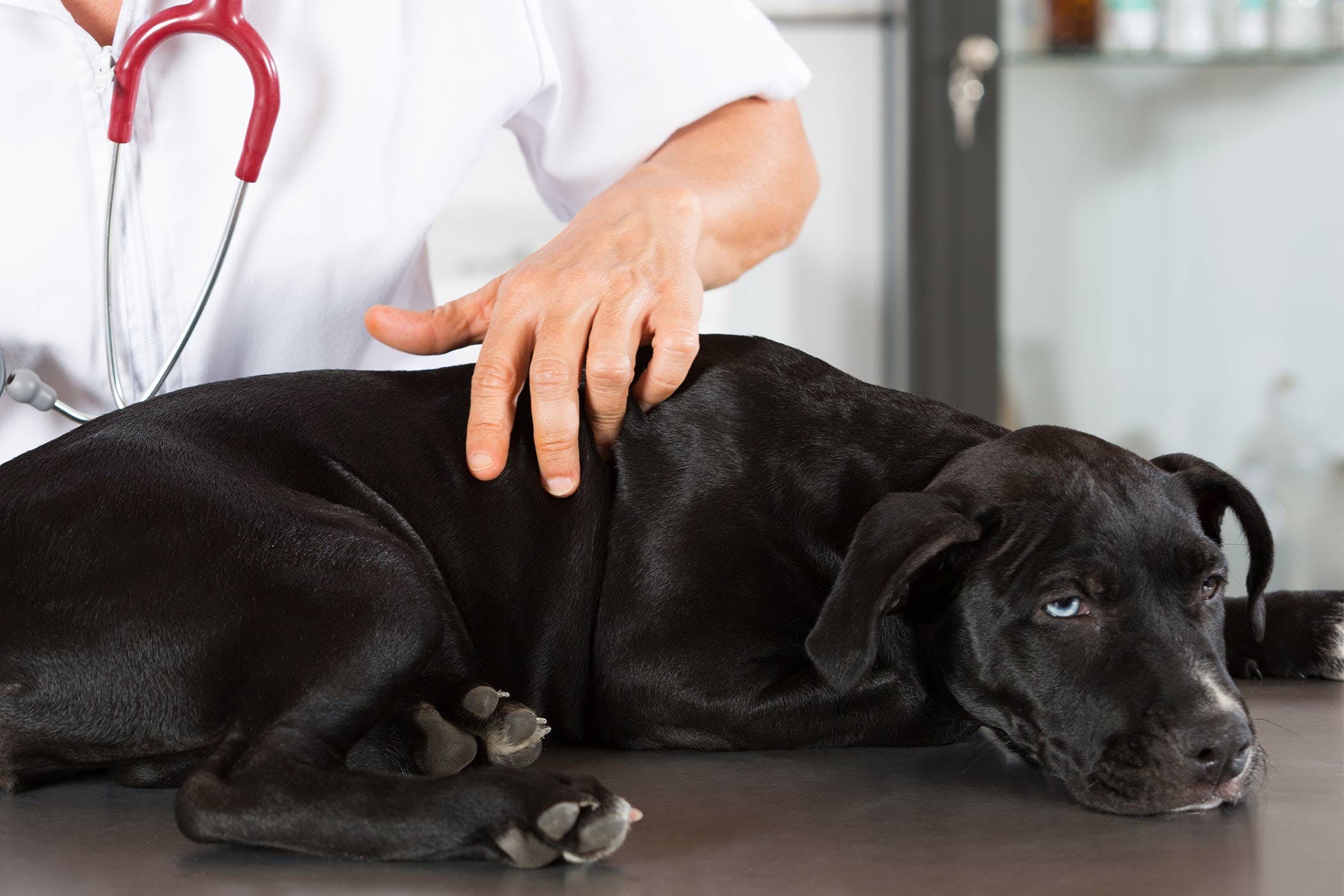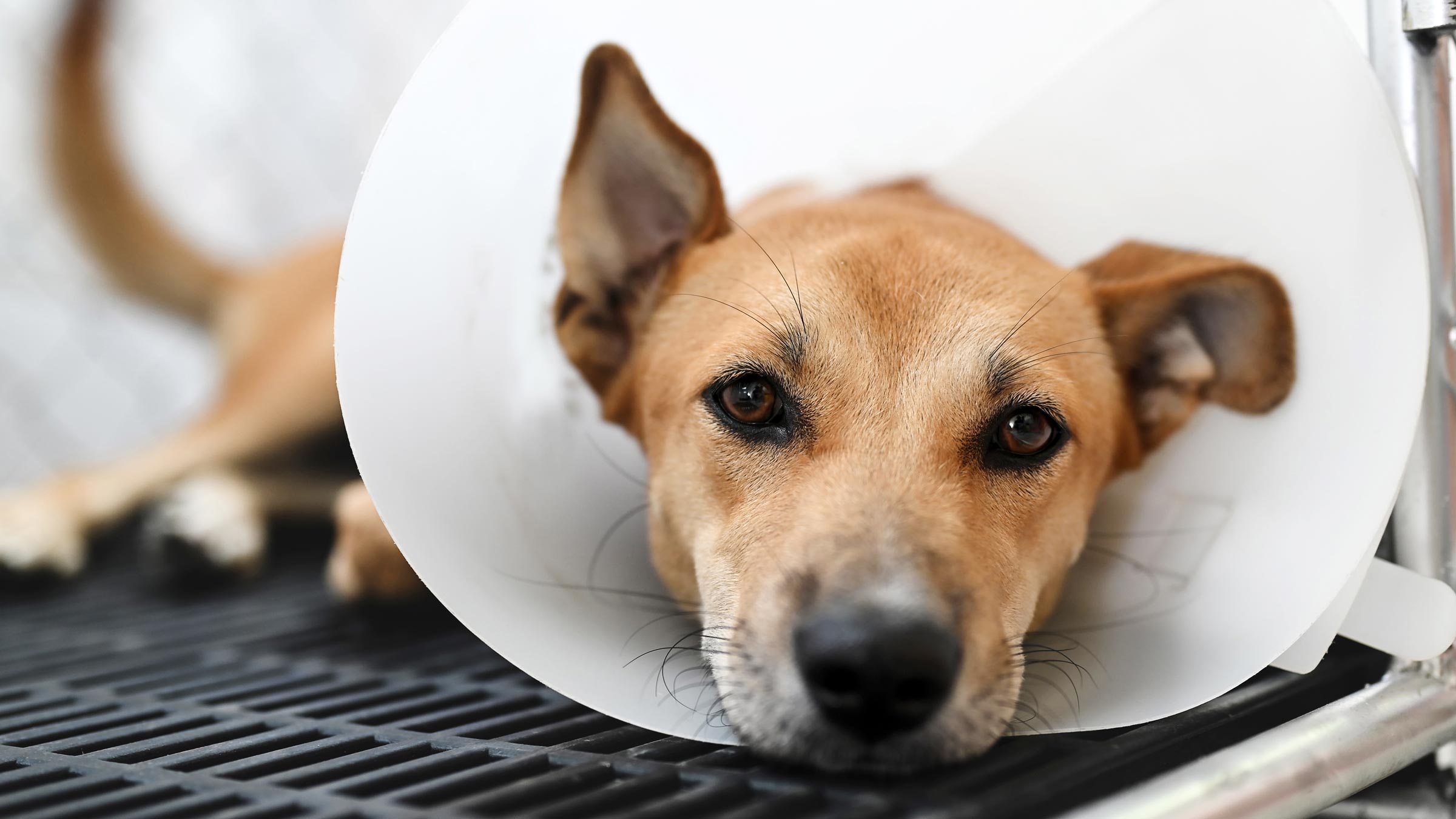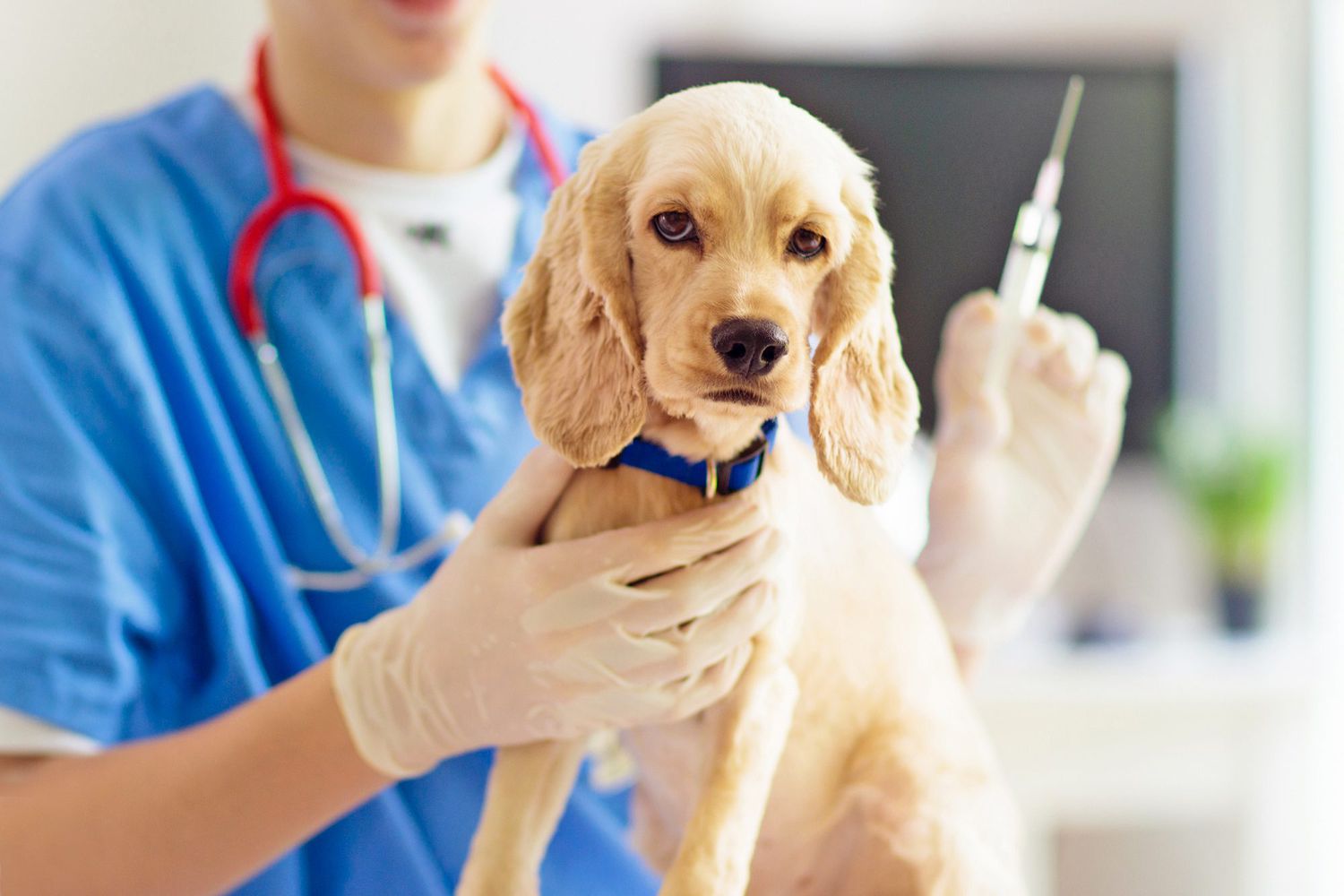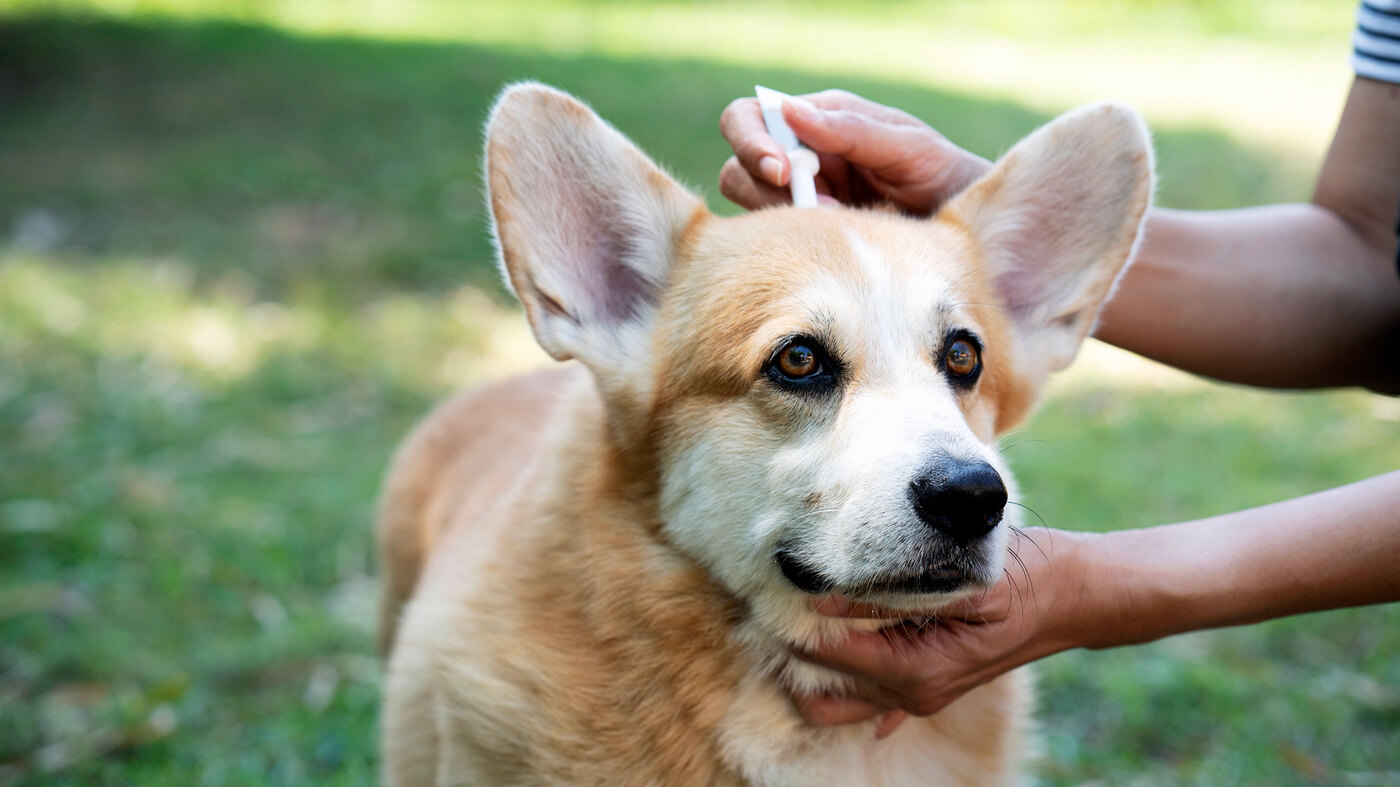Home>Health & Wellness>Common Health Issues>How Often Do Dogs Get Rabies Vaccinations
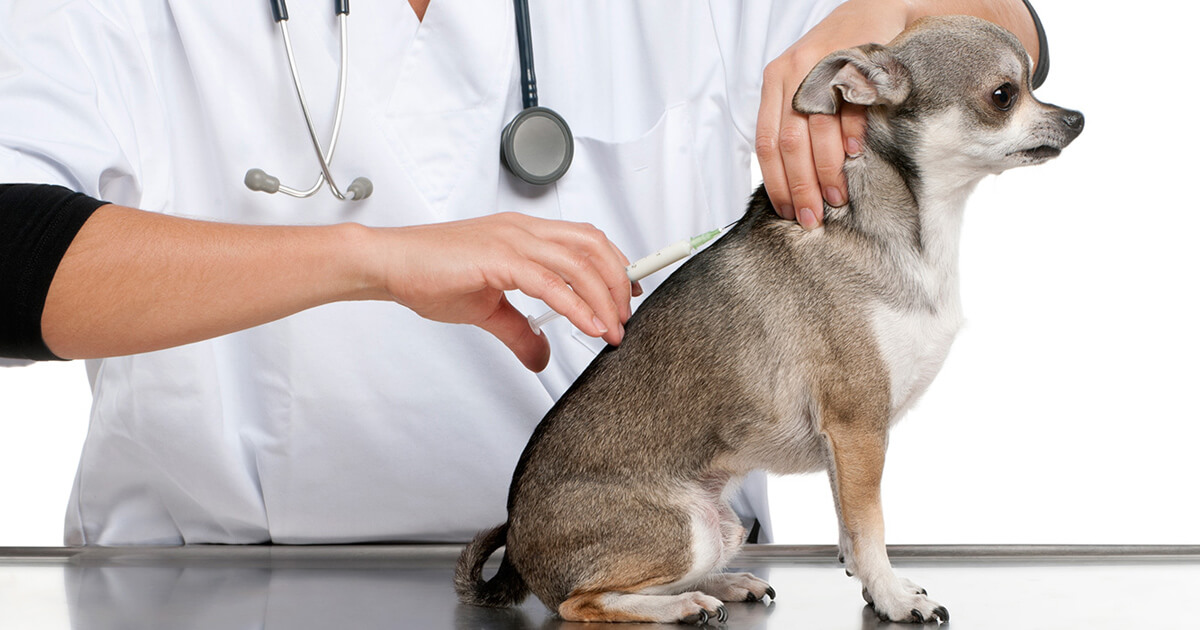

Common Health Issues
How Often Do Dogs Get Rabies Vaccinations
Published: February 2, 2024
Learn about common health issues for dogs, including the frequency of rabies vaccinations. Understand the importance of regular vaccinations for your pet's well-being.
(Many of the links in this article redirect to a specific reviewed product. Your purchase of these products through affiliate links helps to generate commission for Pawsomeoldies.com, at no extra cost. Learn more)
Table of Contents
Introduction
Rabies is a viral disease that poses a significant threat to both human and animal health. It is a zoonotic disease, meaning it can be transmitted from animals to humans, primarily through bites or scratches. The virus affects the central nervous system, leading to a fatal outcome once clinical signs appear. While rabies is a global concern, it is particularly prevalent in regions with limited access to healthcare and veterinary resources.
In the context of rabies prevention, dogs play a crucial role as they are one of the primary carriers of the virus. Vaccinating dogs against rabies not only safeguards their well-being but also serves as a pivotal measure in preventing the spread of the disease to humans. Understanding the significance of rabies vaccinations for dogs and the optimal frequency for administering these vaccines is essential for promoting public health and ensuring the welfare of our beloved canine companions.
As responsible pet owners, it is imperative to stay informed about the best practices for protecting our dogs from rabies. This includes understanding the transmission of the virus, the importance of vaccinations, and the factors that influence the frequency of vaccination. By delving into these aspects, we can make well-informed decisions to prioritize the health and safety of our furry friends while contributing to the broader efforts to combat rabies.
Understanding Rabies and its Transmission
Rabies is a highly infectious viral disease that affects the central nervous system of mammals, including dogs and humans. The virus belongs to the Lyssavirus genus and is typically transmitted through the saliva of infected animals, most commonly via bites or scratches. Understanding the transmission of rabies is crucial in comprehending the necessity of vaccinations for dogs.
The transmission of rabies occurs when the virus enters the body through a break in the skin, such as a wound caused by a bite or scratch from an infected animal. Once inside the body, the virus travels along the peripheral nerves towards the brain and spinal cord. This journey can take varying amounts of time, known as the incubation period, before the virus reaches the central nervous system, where it causes severe and often fatal inflammation.
It is important to note that rabies is not only a threat to dogs but also poses a significant risk to humans. In many parts of the world, rabies is primarily transmitted to humans through dog bites, making canine vaccination a critical component of public health initiatives aimed at preventing the spread of the disease.
The virus's ability to cause aggressive and erratic behavior in infected animals further heightens the risk of transmission. This behavioral change, known as the "furious" form of rabies, can lead to increased aggression and biting, facilitating the virus's spread to other animals and humans.
Additionally, rabies can also manifest as the "dumb" form, characterized by paralysis and a lack of coordination. This form of the disease can lead to increased contact with infected saliva due to excessive drooling, further contributing to the transmission of the virus.
Given the severity of rabies and its potential impact on both animal and human populations, understanding the mechanisms of transmission is paramount. By recognizing the routes through which the virus spreads and the behaviors it induces in infected animals, we can appreciate the critical role of vaccinations in preventing the transmission of rabies and protecting the well-being of both dogs and humans.
Importance of Rabies Vaccinations for Dogs
Rabies vaccinations for dogs are of paramount importance due to the significant threat posed by the rabies virus to both canine and human populations. Vaccinating dogs against rabies not only safeguards their individual health but also plays a pivotal role in preventing the spread of the disease to humans. This dual benefit underscores the critical role of canine rabies vaccinations in public health and animal welfare efforts.
First and foremost, rabies vaccinations are a cornerstone of responsible pet ownership. By ensuring that dogs receive timely and appropriate vaccinations, pet owners contribute to the overall well-being of their furry companions. Vaccination effectively primes the dog's immune system to recognize and combat the rabies virus, providing crucial protection in the event of potential exposure. This proactive approach not only safeguards the individual dog from the severe and often fatal effects of rabies but also promotes a safer environment for the broader community.
Furthermore, the significance of rabies vaccinations for dogs extends beyond the realm of pet health. Dogs, as one of the primary carriers of the rabies virus, can serve as a source of transmission to humans. In many parts of the world, rabies is primarily transmitted to humans through dog bites. By vaccinating dogs against rabies, the risk of transmission to humans is significantly reduced, thereby contributing to public health initiatives aimed at preventing the spread of the disease.
In regions where rabies is endemic, the vaccination of dogs is a critical component of comprehensive rabies control and prevention programs. These initiatives, often led by public health authorities and veterinary organizations, aim to create a protective barrier against the spread of rabies within animal populations. By vaccinating a high percentage of dogs in a given area, known as achieving herd immunity, the overall risk of rabies transmission is substantially diminished. This not only protects individual dogs but also contributes to the broader goal of eliminating rabies in both animal and human populations.
In summary, the importance of rabies vaccinations for dogs cannot be overstated. From safeguarding the health of individual pets to playing a pivotal role in public health initiatives, canine rabies vaccinations are a fundamental component of responsible pet ownership and broader efforts to combat the spread of rabies. By prioritizing the vaccination of dogs against rabies, pet owners and communities alike contribute to creating safer and healthier environments for both animals and humans.
Frequency of Rabies Vaccinations for Dogs
Determining the frequency of rabies vaccinations for dogs is a critical aspect of responsible pet care and public health management. The frequency at which dogs should receive rabies vaccinations is influenced by various factors, including regional regulations, the type of vaccine administered, and the dog's individual health status. Understanding the optimal vaccination schedule for dogs is essential for ensuring their ongoing protection against rabies while aligning with regulatory requirements and public health objectives.
In many regions, the frequency of rabies vaccinations for dogs is governed by local regulations and veterinary guidelines. These regulations often dictate the initial age at which dogs should receive their first rabies vaccination, as well as the subsequent intervals for booster shots. For example, in the United States, the standard protocol involves administering the initial rabies vaccine to puppies around 12-16 weeks of age, followed by a booster shot one year later. Subsequent booster vaccinations are typically required every three years thereafter, although specific requirements may vary by state or local jurisdiction.
The type of rabies vaccine used can also influence the recommended frequency of vaccinations for dogs. Traditional rabies vaccines, known as inactivated vaccines, typically provide protection for a duration of one to three years, depending on the specific formulation and regulatory guidelines. In contrast, newer recombinant vaccines may offer extended durations of immunity, potentially reducing the frequency of required booster vaccinations. The availability and use of these advanced vaccines can impact the recommended vaccination schedule for dogs, with some formulations providing protection for up to five years or longer.
Additionally, the individual health status and lifestyle of the dog should be considered when determining the frequency of rabies vaccinations. Dogs with certain health conditions or those that may be at higher risk of rabies exposure due to their environment or activities may require more frequent vaccinations to ensure continuous protection. Veterinary professionals play a crucial role in assessing the specific needs of each dog and tailoring the vaccination schedule accordingly, taking into account factors such as age, health status, and potential exposure risks.
Ultimately, the frequency of rabies vaccinations for dogs should be guided by a combination of regulatory requirements, vaccine type, and individual health considerations. By adhering to recommended vaccination schedules and seeking guidance from veterinary professionals, pet owners can ensure that their dogs receive timely and appropriate protection against rabies, contributing to the well-being of their pets and the broader efforts to prevent the spread of this deadly disease.
Factors to Consider When Determining Vaccination Frequency
When determining the frequency of rabies vaccinations for dogs, several crucial factors come into play, influencing the optimal vaccination schedule for individual pets. These factors encompass a range of considerations, including regulatory requirements, vaccine type, the dog's health status, and potential exposure risks. By carefully evaluating these factors, pet owners and veterinary professionals can make informed decisions to ensure that dogs receive timely and appropriate protection against rabies.
Regulatory Requirements: Local regulations and veterinary guidelines play a significant role in shaping the frequency of rabies vaccinations for dogs. These requirements often stipulate the initial age at which dogs should receive their first rabies vaccination, as well as the intervals for subsequent booster shots. Adhering to these regulatory standards is essential for compliance and may vary by region, necessitating awareness of specific guidelines applicable to the dog's location.
Vaccine Type: The type of rabies vaccine administered to dogs can impact the recommended frequency of vaccinations. Traditional inactivated vaccines typically provide protection for one to three years, with booster shots required accordingly. In contrast, newer recombinant vaccines may offer extended durations of immunity, potentially reducing the frequency of required booster vaccinations. Understanding the characteristics and duration of protection offered by different vaccine types is crucial in determining the most suitable vaccination schedule for dogs.
Individual Health Status: The health status of the dog is a critical consideration when establishing the frequency of rabies vaccinations. Dogs with underlying health conditions or compromised immune systems may require tailored vaccination schedules to ensure optimal protection. Additionally, age-related factors and the dog's overall well-being should be taken into account, with veterinary professionals assessing the specific needs of each dog to determine the most appropriate vaccination frequency.
Exposure Risks: Dogs that are exposed to environments or activities posing a higher risk of rabies exposure may necessitate more frequent vaccinations. Factors such as geographic location, wildlife interaction, and travel history can influence the potential for rabies exposure, prompting adjustments to the vaccination schedule to mitigate these risks effectively. Evaluating the dog's lifestyle and environmental factors is essential in determining the frequency of rabies vaccinations based on the level of potential exposure.
By considering these factors in tandem, pet owners and veterinary professionals can establish vaccination schedules that align with regulatory standards, account for vaccine type considerations, accommodate individual health needs, and address specific exposure risks. This comprehensive approach ensures that dogs receive the appropriate level of protection against rabies, contributing to their overall well-being and the broader public health objectives aimed at preventing the spread of this deadly disease.
Conclusion
In conclusion, the frequency of rabies vaccinations for dogs is a multifaceted consideration that encompasses regulatory requirements, vaccine type, individual health status, and potential exposure risks. By navigating these factors, pet owners and veterinary professionals can establish tailored vaccination schedules that prioritize the well-being of dogs while contributing to broader public health objectives.
The importance of rabies vaccinations for dogs cannot be overstated, as these vaccinations not only safeguard the individual health of pets but also serve as a critical measure in preventing the spread of the disease to humans. By ensuring that dogs receive timely and appropriate vaccinations, pet owners play an active role in promoting responsible pet ownership and contributing to the broader efforts to combat the transmission of rabies.
Understanding the mechanisms of rabies transmission and the behavioral changes it induces in infected animals underscores the urgency of vaccination. By vaccinating dogs against rabies, the risk of transmission to humans is significantly reduced, aligning with public health initiatives aimed at preventing the spread of the disease. Additionally, in regions where rabies is endemic, comprehensive vaccination programs for dogs are pivotal in creating a protective barrier against the spread of the virus within animal populations.
The determination of vaccination frequency for dogs involves a nuanced assessment of regulatory standards, vaccine characteristics, individual health considerations, and potential exposure risks. Adhering to local regulations, understanding the duration of protection offered by different vaccine types, and evaluating the specific health needs and lifestyle of each dog are essential steps in establishing an optimal vaccination schedule.
By prioritizing the well-being of dogs and aligning with regulatory standards, pet owners can ensure that their canine companions receive the necessary protection against rabies. Seeking guidance from veterinary professionals and remaining informed about regional requirements are integral to making informed decisions regarding the frequency of rabies vaccinations for dogs.
Ultimately, the collaborative efforts of pet owners, veterinary professionals, and public health authorities are instrumental in promoting responsible pet care and mitigating the risks associated with rabies. Through a collective commitment to vaccination and public health initiatives, we can strive towards creating safer and healthier environments for both animals and humans, mitigating the impact of this formidable disease.
